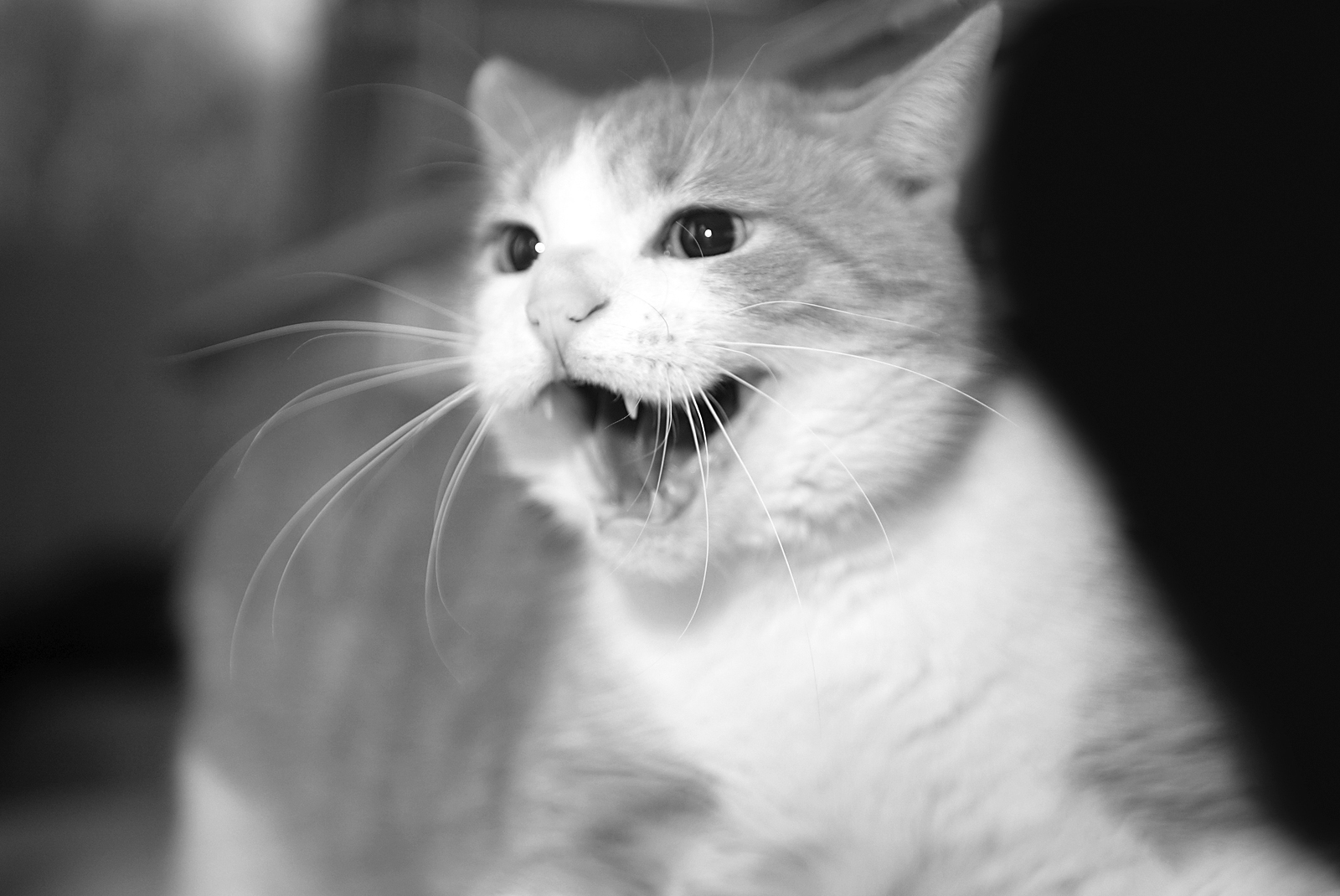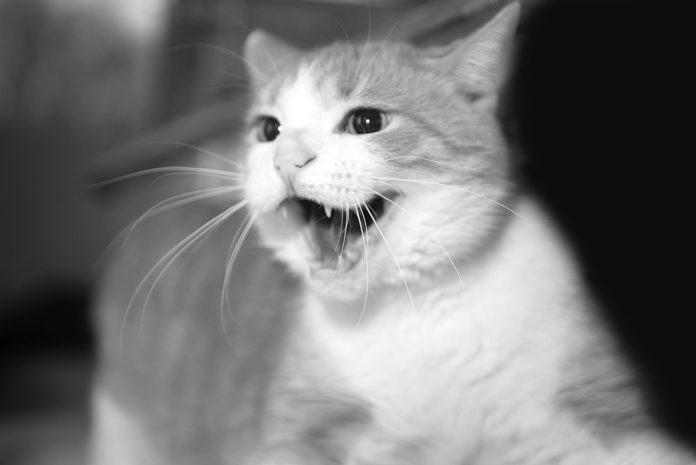Conventional wisdom has long held that purring is a sign of contentment, a cat purring on a sunny windowsill by the owner’s side being a perfect example. However, researchers have found that cats also purr in other, often surprising situations — when giving birth and nursing, when under duress and even when dying.
Learning how to interpret your cat’s vocalizations can help you understand and meet his needs, whether he wants to eat, go out or have his litter box changed, says Katherine A. Houpt, VMD, Ph.D., diplomate of the American College of Veterinary Behaviorists and emeritus James Law Professor of Animal Behavior at Cornell University College of Veterinary Medicine.
Health Benefits? Complete understanding of purring remains a mystery, though, at least for the time being. Reports of its possible health benefits have surfaced recently in mainstream media, suggesting the behavior might promote increased bone density and the healing of muscles and tendons in cats. The hypothesis goes like this:
Low frequencies — those between 20 and 50 hertz — have been shown to be helpful in pain relief, bone growth and healing muscles and tendons in other animals and people. Cats’ purring registers between 20 to 50 Hz and occasionally up to 150 Hz.Therefore, purring must provide “a biomechanical healing mechanism,” proponents say. Intriguing though this theory is, it presents a problem: No scientific studies support it.
“This cat purring question has been buzzing around for a while,” says Clinton T. Rubin, Ph.D., chair of the Department of Biomedical Engineering at New York University at Stony Brook. He published a paper more than a decade ago showing that low-magnitude mechanical signals, induced at high frequency, stimulated bone to grow.
“While we have since been working on this as the basis of a non-drug therapy for osteoporosis, including several clinical trials, others have extrapolated that this mechano-sensitivity of the musculoskeletal system, including the acceleration of healing bones, could reflect a physiologic ‘benefit’ of a cat purring,” Dr. Rubin says.
Nine Lives Lore. The signals he uses are vibrations in the realm of a cat purring. “Conceivably — although I know of no one who has actually tested it — a purring cat could be a ‘source’ of such mechanical signals, either to themselves or to those holding a purring cat in their lap,” Dr. Rubin says, adding that perhaps, “It is part of the lore of nine lives of a happy cat.”

288
The cat who insistently purrs at daybreak to awaken his owner for breakfast may be another matter, according to research that emerged in the spring. This “solicitation” purr has an unpleasant, high-frequency cry or meow “embedded” in it that creates a sense of urgency in owners to comply, say psychologists at the University of Sussex in the U.K.
When they studied human responses to recorded purrs, even people without exposure to cats found the purrs with embedded messages annoying and difficult to ignore. “When the team re-synthesized purrs to remove the embedded cry … the urgency ratings for these purrs decreased significantly,” the researchers say.Meows can also evoke a sense of urgency for food or attention. We know kittens meow to get their mothers’ attention. “From that developmental reason, cats then meow a great deal when they want something from us, their surrogate mothers,” Dr. Houpt says. “It can be a problem.” Siamese and the hybrid breed, the Oriental, are especially adept at vocalizing.
One solution for repetitive meowing: Reply to your cat, Dr. Houpt says. “Make an ‘MMMM’ sound like a low hum, then a soft meow. That’s what the mother would do. It’s comforting.”




